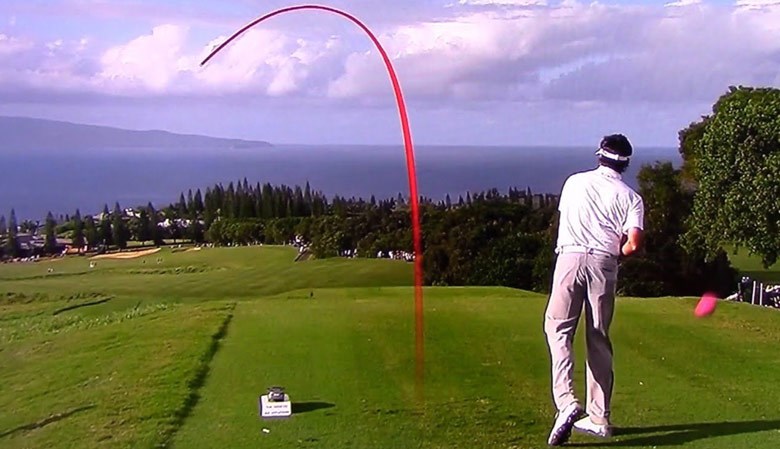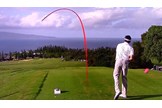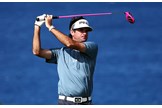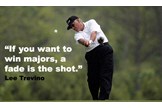Will a draw or fade help you play better golf?
Last updated:
90% of amateur golfers hit the ball with a left-to-right shot shape. And almost 100% of them would swap it for a crowd-pleasing draw, given half the chance. But is a draw all it’s cracked up to be? Plenty of the world’s best golfers favour a fade, and Martin Kaymer’s game fell apart when he tried to swap his for a draw, only recovering when he reverted to his natural fade.
What causes a golf ball to draw and fade?
“A right-handed golfer hits a draw when their club path is out to the right and their face angle is closed relative to that club path at impact,” reveals TrackMan’s Justin Padjen. “Under these conditions, the ball will launch to the right of the target with a negative spin axis that sees it curve to the left. A fade happens when the club path is out to the left and the face angle is open relative to the path at impact. That will make the ball launch left of the target with a positive spin axis that sees it curve to the right.”
Why does a draw go further?
“Techically, it doesn’t,” says Padjen. “Provided the ball speed, launch angle and spin rate are the same, a draw and fade will carry and roll the same distance. However, from a practical perspective, most club golfers will hit a draw further than a fade, because when they hit a draw they reduce the loft, leading to lower spin rates. Most of the time, shots with lower spin travel further.”
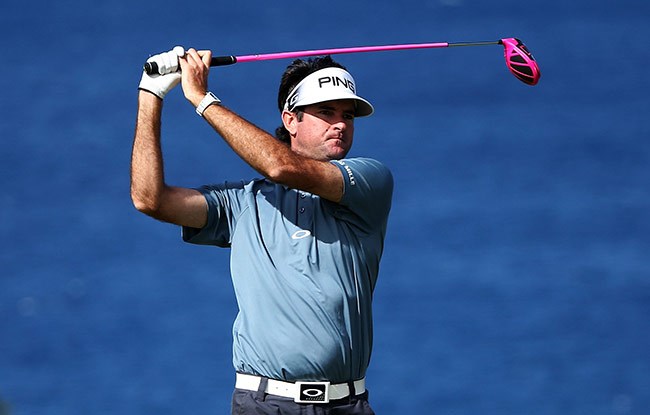
Do more pros hit a draw or a fade?
“Nowadays, the predominant shot on tour is the ‘baby draw’, which starts just to the right of the target and draws back,” says PGA Master Professional and Sky Sports analyst Denis Pugh. “But the closer you get to the top of the game, the more comfortable players are at working the ball both ways.”
What are the benefits of hitting a draw?
“It is the best shot you can hit because it has the most penetrating ball flight,” says Pugh. “The bad news is it’s difficult to achieve for most golfers.”
How difficult? Put it this way: it took Martin Kaymer, who had won a major and been ranked number one in the world before attempting to master a draw, two years to feel comfortable shaping the ball right-to-left. And he still ended up going back to hitting a fade.

What are the benefits of hitting a fade?
It’s all about control. “Because balls that go from left-to-right tend to have a higher spin rate, they come down at a steeper angle, meaning the ball will bounce and roll less,” explains Padjen.
“Fades don’t go as far,” says six-time major winner Lee Trevino, “but majors are all about keeping the ball on the short grass. If you want to win majors, a fade is the shot.”
Can an amateur golfer change their shot shape?
“You can, but whether or not you should try depends on how you answer the following three questions,” says Pugh. “Have you reached the level you wanted to when you took up golf? Are you willing to give up what you currently have in order to improve? And are you willing to take lessons and practice? If you’ve answered no, yes and yes, you’re not happy with the current state of your game and should go for it.”
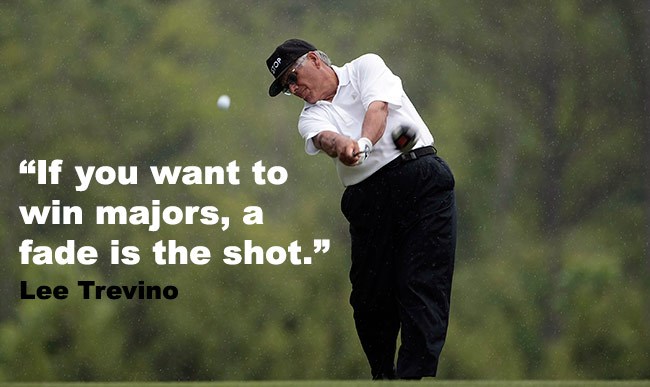
Why not forget all this and just hit it straight?
“If you grabbed the ends of a shot with a lot of curve in it and pulled it straight, you would have a greater distance, so a ball with zero spin and curve will travel further than a ball that draws or fades,” concludes Padjen. The trouble is… “Only a robot can actually hit the ball dead straight every time,” laughs Pugh.
Our verdict
If your natural shot shape is a draw or a fade, enjoy it. You should only worry if it’s actually a hook or a slice. Assuming that’s not the case, stop obsessing about shot shape and start focusing on the things that really matter. Namely: making sure your swing path, face angle and angle of attack are consistent at impact. That’s what the best players do, regardless of shot shape.
